As the world transitions towards a greener future, electric vehicles (EVs) and renewable energy storage systems are pivotal in reducing our carbon footprint. However, with the widespread adoption of these technologies comes a new set of challenges, particularly in ensuring the safety of battery storage systems. One of the critical aspects that demand our attention is fire detection. Today, we will delve into the challenges associated with fire detection in battery storage systems, specifically in the context of electric vehicle charging stations.
The Rise of Electric Vehicles and Battery Storage:
The surge in electric vehicle adoption has been a significant catalyst in developing advanced battery technologies. With this rise, efficient and reliable charging infrastructure has become paramount. Many charging stations incorporate battery storage systems to manage energy demand, store excess energy, and provide a seamless charging experience for EV owners.
Challenges in Fire Detection:
While the benefits of battery storage systems are evident, there are inherent risks, with fire being a primary concern. The complex nature of lithium-ion batteries, commonly used in EVs and storage systems, poses challenges in detecting potential fire incidents. Unlike traditional combustion engines, the fire dynamics in a battery system can be unpredictable, making early detection crucial.
Thermal Runaway and Hidden Threats:
Lithium-ion batteries are susceptible to a phenomenon known as thermal runaway, where a localized increase in temperature triggers a chain reaction, leading to a rapid and uncontrollable rise in temperature. Detecting the initial signs of thermal runaway is challenging, as it can occur inside the battery without visible external indications. Traditional fire detection methods may not effectively identify these hidden threats, emphasizing the need for specialized monitoring systems.
Integration of Advanced Sensor Technologies:
Integrating advanced sensor technologies is essential to address the unique challenges associated with fire detection in battery storage systems. Infrared sensors, for instance, can detect temperature variations in real-time, providing an early warning system for potential thermal runaways. Gas sensors are also instrumental in identifying gases released during a battery fire, enabling quicker response times and improved safety measures.
Machine Learning and Predictive Analytics:
Machine learning algorithms and predictive analytics have emerged as powerful tools for enhancing fire detection capabilities. By analyzing historical data, these systems can identify patterns and anomalies that may precede a fire incident. Integrating such technologies into the monitoring and control systems of EV charging stations adds an intelligent layer of protection, improving the overall safety of these facilities.
Regulatory Framework and Standards:
Ensuring the safety of EV charging and storage systems requires a robust regulatory framework and adherence to industry standards. Authorities and stakeholders must collaborate to establish guidelines that address fire detection challenges specifically related to battery storage. This includes regular inspections, maintenance protocols, and the incorporation of the latest technologies to stay ahead of potential risks.
As the world embraces electric vehicles and renewable energy storage solutions, addressing the fire detection challenges associated with battery storage systems is paramount. A proactive approach that combines advanced sensor technologies, machine learning, and stringent regulatory standards is crucial to ensuring the safety of EV charging stations and the broader transition to a sustainable energy future. By staying vigilant and continually innovating in this space, we can build a foundation for a greener and safer tomorrow.

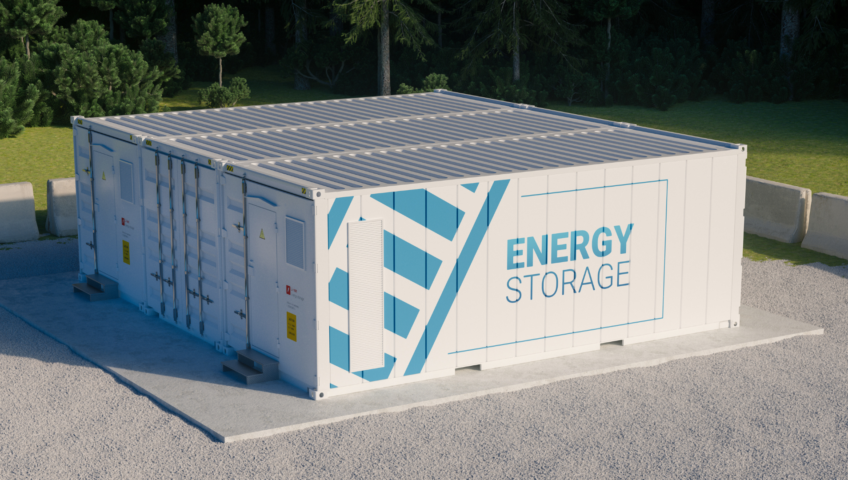

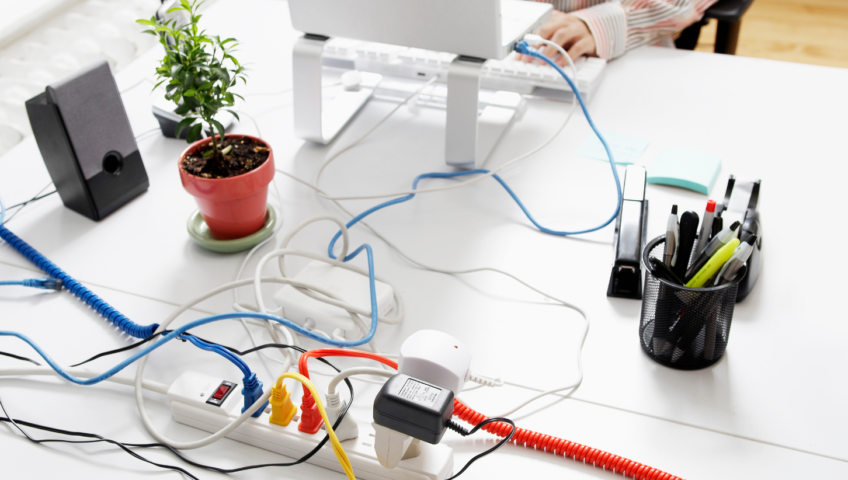
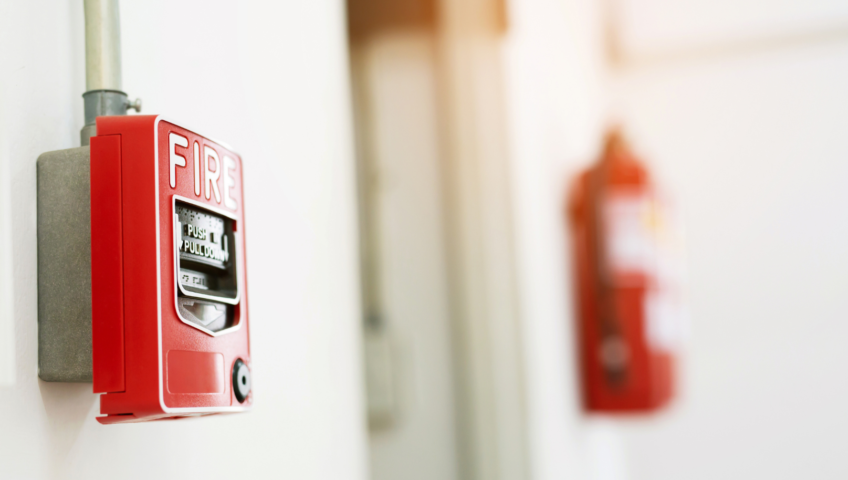
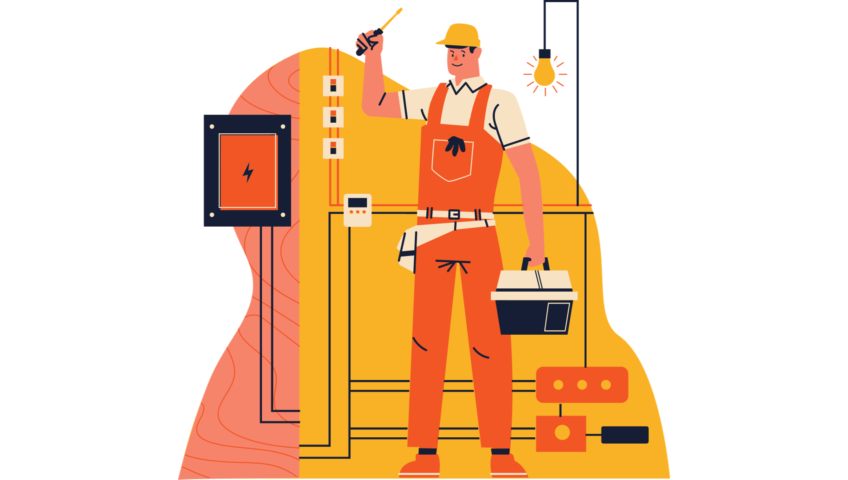
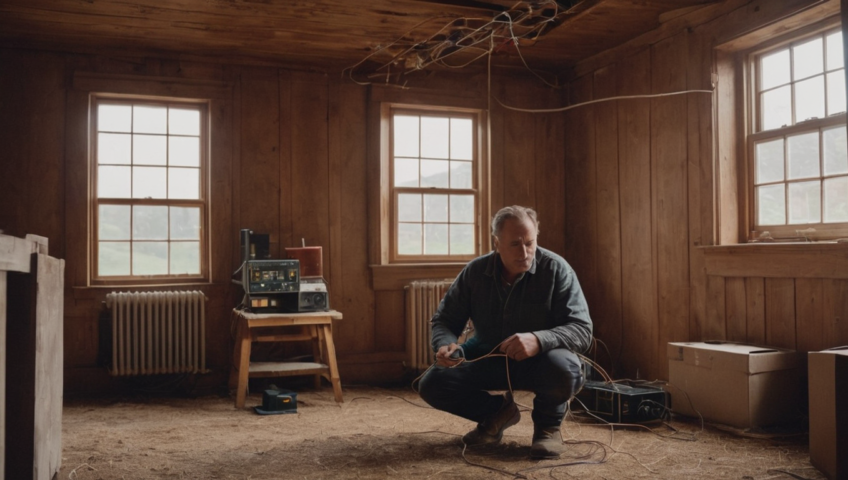
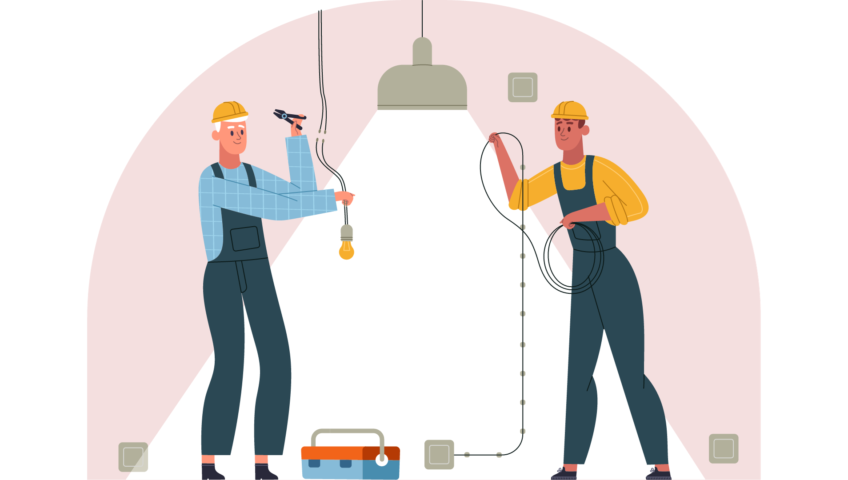
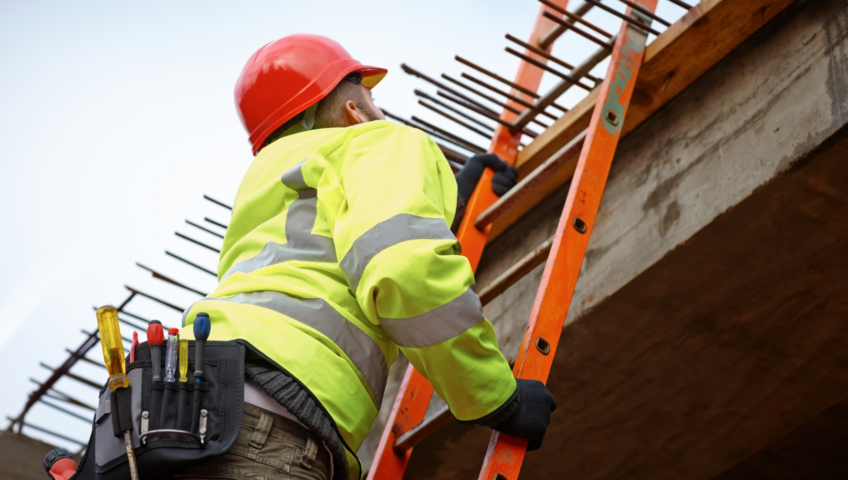

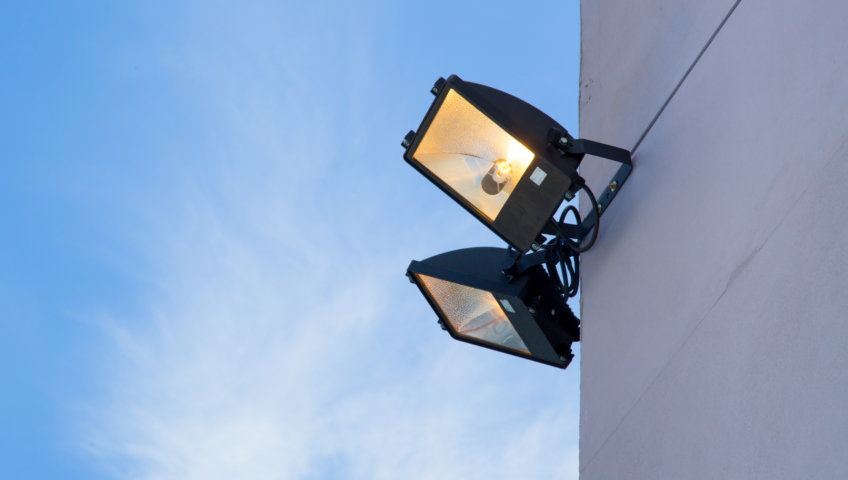
Recent Comments